In today’s rapidly evolving educational landscape, virtual labs and simulations are revolutionizing the way students engage with Science, Technology, Engineering, and Mathematics (STEM) subjects. By combining advanced technology with interactive learning, virtual labs offer students the opportunity to conduct experiments and explore scientific concepts in a simulated environment—without the constraints of time, resources, or physical labs. These immersive learning experiences help bridge the gap between theoretical knowledge and practical application, empowering students to gain hands-on experience and enhancing their understanding of complex STEM subjects.
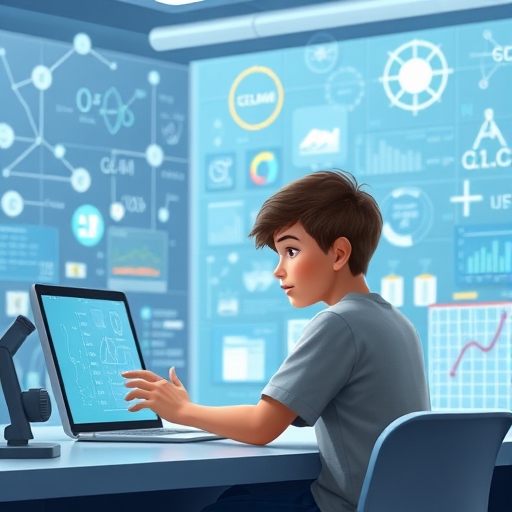
1. What are Virtual Labs and Simulations?
Virtual labs are online platforms or software applications that simulate real-world scientific experiments and scenarios. They enable students to conduct experiments virtually, manipulate variables, and analyze results, mimicking the experience of working in a physical lab. Simulations, on the other hand, recreate scientific phenomena or systems to help students visualize abstract concepts and understand processes that may be difficult to grasp through traditional learning methods.
These tools are used across various STEM disciplines, from physics and chemistry to biology and engineering, providing a safe and interactive environment for experimentation and exploration.
2. Benefits of Virtual Labs and Simulations in STEM Education
a. Accessibility and Flexibility
- Virtual labs remove the barriers of physical lab space, expensive equipment, and safety concerns, allowing students to engage in experiments anytime, anywhere. This is particularly valuable in underfunded schools or regions with limited access to physical labs.
- Students can work at their own pace, revisiting experiments and simulations as needed to solidify their understanding.
b. Cost-Effectiveness
- Setting up physical labs can be costly, especially when it comes to purchasing specialized equipment or chemicals. Virtual labs and simulations offer a cost-effective alternative that can provide the same—or even more—interactive learning opportunities.
- Educational institutions can offer a wide range of experiments and simulations without the recurring costs of materials and equipment.
c. Enhanced Engagement and Interactivity
- Virtual labs offer a dynamic, hands-on learning experience that keeps students engaged. Instead of passively receiving information, students actively participate in experiments, adjusting variables and seeing real-time results.
- This interactivity promotes deeper understanding and retention of knowledge, as students learn through doing, rather than just observing.
d. Safe Learning Environment
- In physical labs, certain experiments can pose risks. Virtual labs allow students to conduct experiments that may be too dangerous, expensive, or complex in real life, such as simulating chemical reactions, engineering designs, or environmental experiments.
- These simulations provide a safe environment where students can make mistakes, learn from them, and repeat experiments until they achieve the desired results.
3. Real-World Applications of Virtual Labs and Simulations
a. Science and Chemistry Experiments
- Virtual labs allow students to conduct experiments in subjects like chemistry and biology, where real-world experiments can be costly and time-consuming. For instance, students can mix virtual chemicals to observe reactions, without the dangers and waste associated with real-life experiments.
b. Engineering Simulations
- Engineering students can use simulations to test mechanical, electrical, or structural designs. Virtual environments allow for testing various design solutions before committing to physical prototypes, saving time and resources. For example, students can simulate the stress tests of a bridge design to see how it holds under pressure.
c. Physics and Mathematics
- Virtual labs help students understand complex physics concepts, such as motion, energy transfer, and electromagnetism. By visualizing abstract concepts in simulations, students can experiment with variables and observe how they affect outcomes, making challenging theories easier to comprehend.
d. Medical and Health Education
- Virtual simulations are increasingly being used in medical education to simulate surgeries, medical procedures, and patient care. These simulations allow medical students to practice techniques in a risk-free setting before applying their skills in real-world clinical environments.
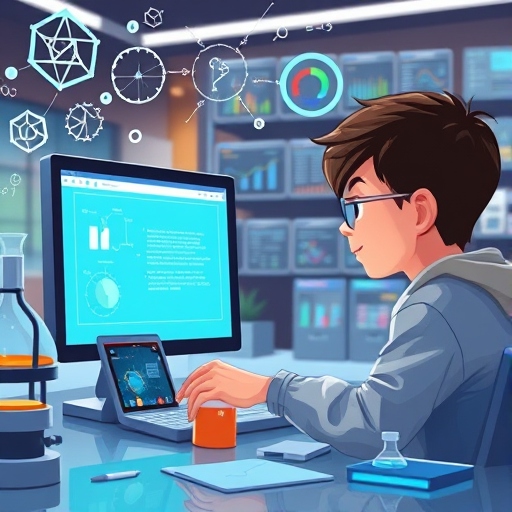
4. Virtual Labs and Simulations in Remote Learning
As remote and hybrid learning models gain traction, virtual labs have become an essential tool in STEM education. These simulations ensure that students who cannot access physical labs—due to location, time constraints, or other factors—still have the opportunity to conduct experiments and engage in hands-on learning experiences.
- Virtual labs make it possible for remote learners to complete assignments, participate in experiments, and interact with scientific concepts from the comfort of their own homes.
- Teachers can monitor students’ progress, provide real-time feedback, and even collaborate with other learners across the globe, fostering a more globalized and connected learning experience.
5. How Virtual Labs Prepare Students for the Future
By integrating virtual labs and simulations into STEM curricula, educators can help students develop the practical skills needed to succeed in future careers. These tools foster critical thinking, problem-solving, and analytical skills, which are highly sought after in STEM-related fields.
- Industry-Relevant Skills: Many virtual labs replicate real-world scenarios, providing students with the practical experience necessary to navigate challenges they may face in their careers.
- Collaboration and Communication: Students often work in teams on virtual experiments or simulations, developing collaboration skills that are essential in the workforce.
6. The Future of Virtual Labs in STEM Education
The future of virtual labs and simulations looks promising. With advancements in technology, we can expect more sophisticated and immersive learning experiences. Innovations such as augmented reality (AR) and virtual reality (VR) may soon take virtual labs to new heights, offering even more realistic, interactive, and engaging environments for students to explore.
Moreover, as more educational institutions embrace virtual labs, these tools will likely become standard in STEM education, ensuring that all students have access to high-quality, hands-on learning, regardless of location or resources.
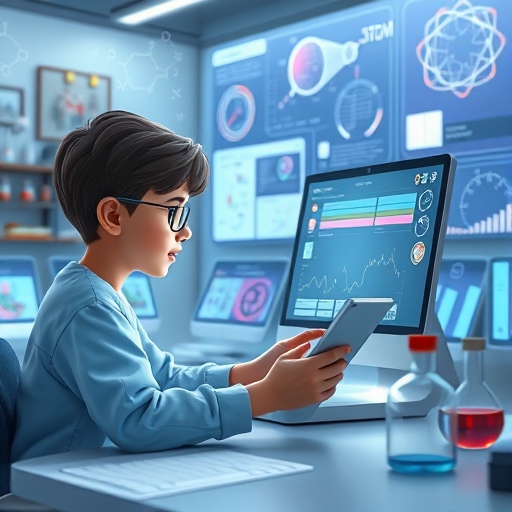
Conclusion: Empowering STEM Education with Virtual Labs and Simulations
Virtual labs and simulations are transforming STEM education by providing students with interactive, hands-on learning experiences that are safe, flexible, and accessible. As technology continues to advance, these tools will only become more integral to preparing students for the challenges of the future, equipping them with the skills, knowledge, and confidence needed to succeed in their careers.
By embracing virtual labs, we can bridge the gap between theory and practice, ensuring that every student has the opportunity to experiment, explore, and innovate.

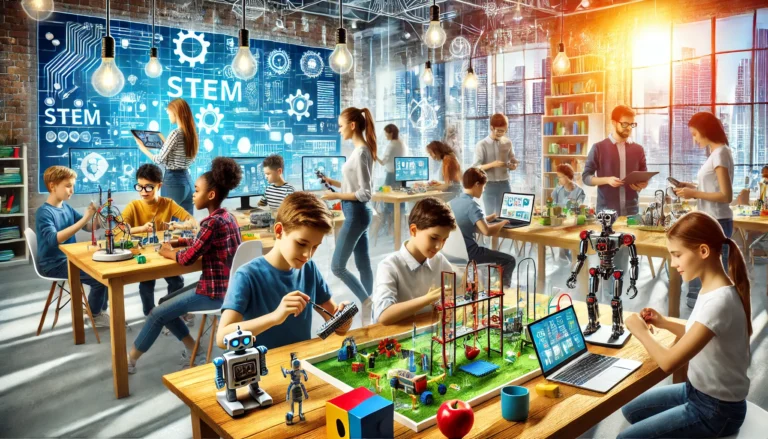

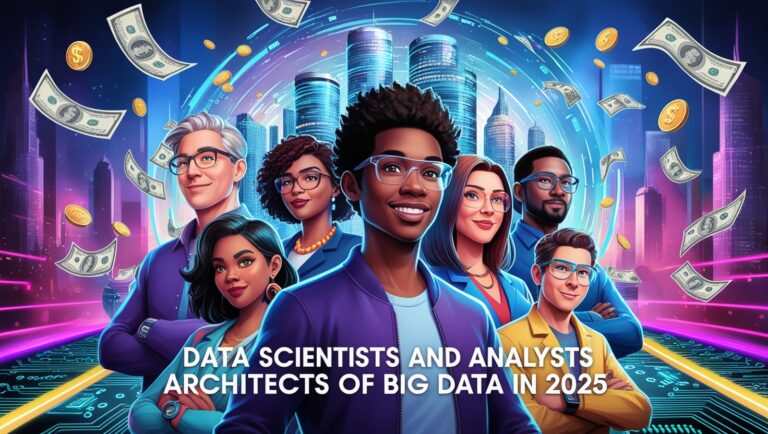



As technology continues to advance, these tools will only become more integral to preparing students for the challenges of the future…